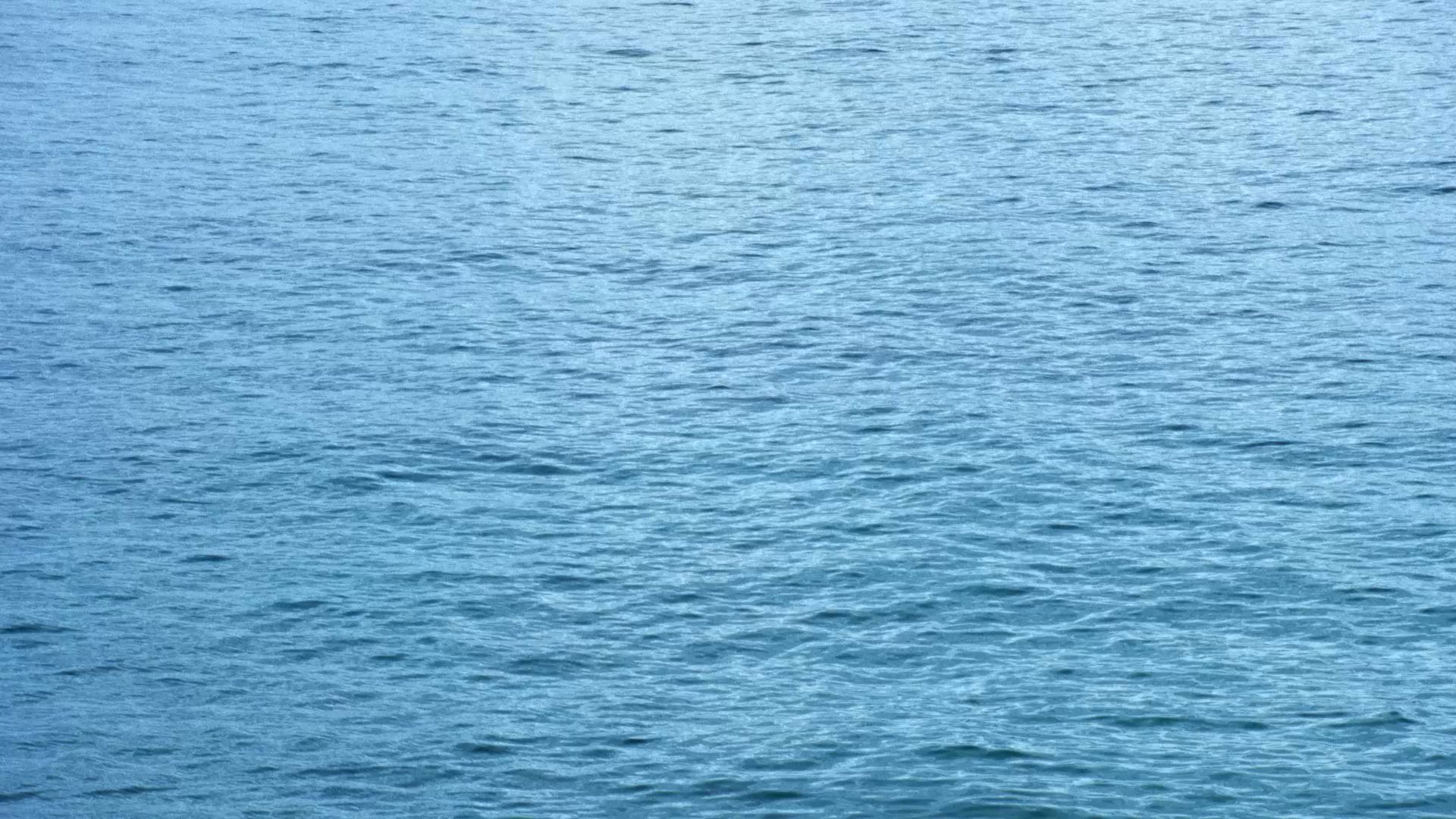
If there’s one word that unites the Italian eyewear icon Carrera with Marseille it’s “technicality.” Or at least that’s the first word that came to mind for designer and artist Émile-Samory Fofana when we linked up in the French city to celebrate the launch of the Carrera Eyewear Sport Collection.
“Marseille is a city where wearing technical clothing really makes sense,” says Fofana, who also fronts the new Carrera Eyewear Sport campaign. “The landscape is sandwiched between the mountains and the sea. It's often very windy, the air is salty, and the sun is strong. Some days you spend a lot of time walking, so you need to be equipped for that.”
Sporty shades are a must for life in Marseille. It’s a city full of sports-focused, style-conscious creatives for whom working out is part of the culture; where looking good is as important as form and function. In that sense, Carrera Sport ticks all the right boxes, fusing a fun, head-turning ’80s sporting aesthetic with tech specs like ventilation holes, rubber nose pads, and a revolutionary interchangeable lens system.
It’s in Marseille’s sports clubs where the city’s creatives hang out, sharing tips and tricks, and forging new communities. “My boxing gym is a good example,” Fofana continues. “There are all kinds of people there and the way connections can be made is quite beautiful. Lawyers help those who have problems with the law; those in construction do the work for those who are renovating their houses; we eat in the restaurants of those who have restaurants; those who work in garages help those who have a problem with their car. For me, that's what a social club is.”
While the French-Malian artist grew up in the suburbs of Paris, it’s Marseille that is now his home. To get a deeper understanding of the city and how its communities influence his work, we linked up for a post-shoot chat to talk about his photography, French sports culture, and, of course, his choice of shades.
So, Émile-Samory, what role does Marseille play in shaping your artistic vision?
Marseille is the equivalent of my flagship. I don't shoot in Marseille because most of my work is done in West Africa. For me, Marseille is the place of invisible work, where I reflect, where I develop my ideas, where I do my post-production, where I recharge my batteries.

What got you into photography?
What interests me most in photography is the notion of archiving. My first work in photography was a long process of archiving the symbols of European football culture in the territory of West Africa. My work is focused on archiving and collecting cultural testimonies between cultural legacy and fiction, aiming to be at the junction. I like to work on long-term projects and take my time.
What importance is tied to documenting football in such a unique way?
For me, football has a "total art" value. History, imagery, impact on communities, spectacle, social impact, heroes, anti-heroes, impact on fashion, social media content, codes, fight for rights, provider of dreams, geopolitical impact, betrayals, class war, gatherings, impact on public space, trends—it's as if it contains everything that makes the world. For me, it's a gold mine.
What is one of your fondest memories of the city?
My fondest memory is when I won the regional boxing championship in the city last year. Winning in Marseille as a born Parisian is quite funny to me, as you know there is always this rivalry when talking about any sports, but winning here strengthened my attachment to Marseille. It is an accomplishment that will bind me to this city forever.

How does community play a role in your work?
Where I grew up and where I live—the impact of immigration is huge on the culture, so that’s also infused in my work. When I work I always keep the community in mind, to remind me who I am doing this for and why. For example, it was important for me to work on the Qamis—men's dress that is generally worn to mosque. I started to make my own unofficial Qamis in the colors of different football clubs and distribute them in my neighborhood in Bamako.
How does it feel going from behind the lens to in front of it?
Actually I was in front of it before being behind. When I was 16, I was scouted in the Paris metro. I walked for Raf Simon, Rick Owens, Lanvin and others during Fashion Week. It's been a long time now but what is certain is that I prefer to be behind than in front of the lens.
Speaking of lenses, talk to us through how you’d style these Carrera’s you have on.
It’s very simple. When the weather is good I only wear white tank top with a pair of jeans or a football jogger, white sneakers, and white socks.
Shop the Carrera Eyewear Sport Collection here.